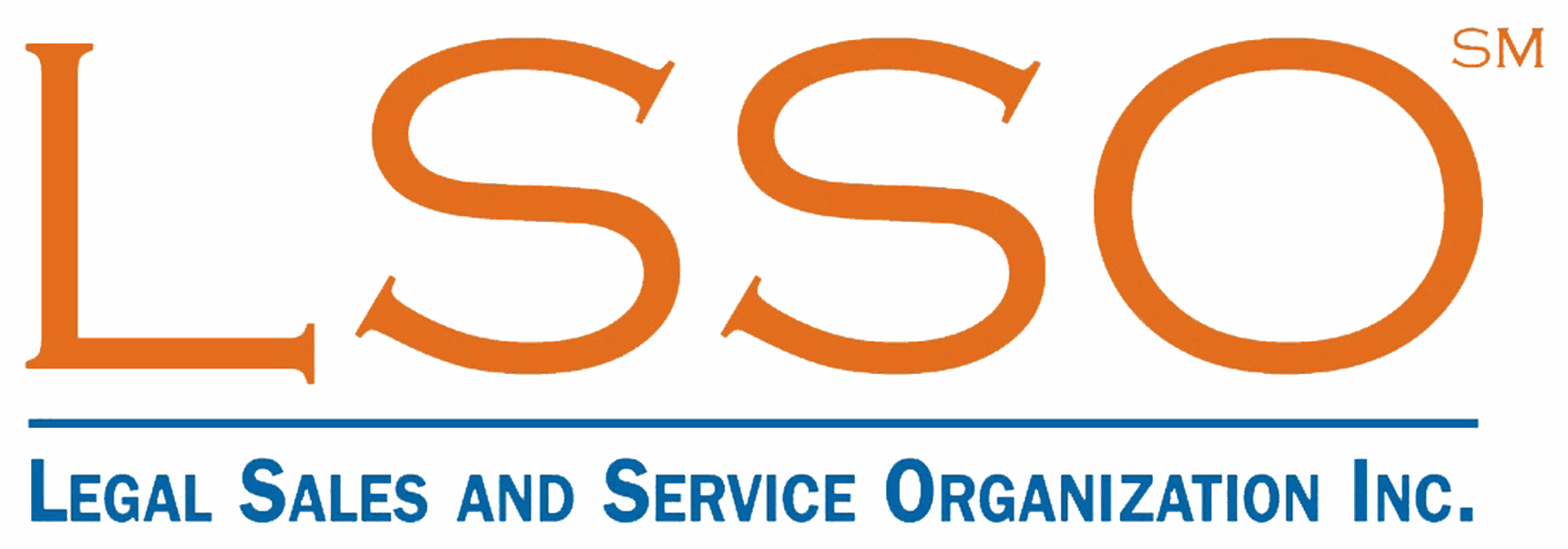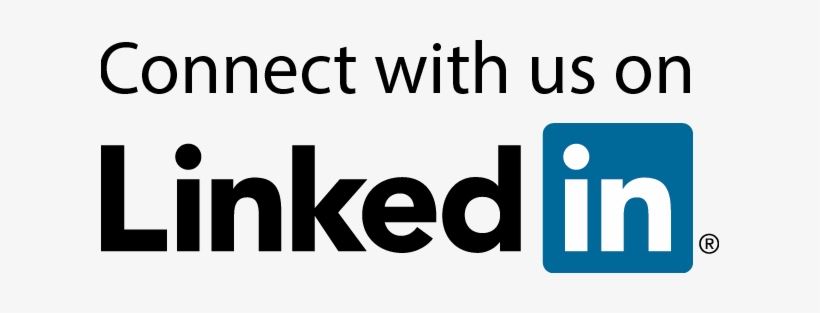By David Whiteside, Director of Client Growth & Success at CLIENTSFirst
 According to CRM company Salesforce.com, more sales time is wasted, and productivity lost due to targeting the wrong prospects than any other sales task. The old “run me a list of companies in X industry and Y geography” is just not tight enough. More bad prospects dumped in the pipeline leads to more lost follow-up time on these same bad prospects, and less time spent on good prospects.
According to CRM company Salesforce.com, more sales time is wasted, and productivity lost due to targeting the wrong prospects than any other sales task. The old “run me a list of companies in X industry and Y geography” is just not tight enough. More bad prospects dumped in the pipeline leads to more lost follow-up time on these same bad prospects, and less time spent on good prospects.
How do we improve targeting and be sure we are targeting the highest quality prospects (whether by the attorney or a professional sales person)? Let’s start by focusing on the tools, law firms we might use to create a target list that is tightly segmented and targeted to yield better results.
Tools:
Tools fall in three categories. Let’s look at each and how they can be used for targeting.
- Internal non-marketing – primary function is not marketing or business development
- Internal marketing – primary function is marketing & business development
- External – free or purchased sources to aid marketing & business development
Internal Non-Marketing Tools:
These include Accounting, Matter Management, Intake, KM Systems, Document Management, Expert witness database, referral database and more. These are typically siloed as they were designed and purchased for one function. That function typically was not sales/marketing. But these tools do contain a wealth of information if the user is skilled in mining that information. Key data that can be mined from these tools includes:
- Client or prospect? (Accounting)
- How did the client find us or how did we find them? (Intake/Referral database)
- What matters have we done? (Matter Management / Accounting)
- What attorney brought in the work? (Intake/referral)
- What timekeepers performed work and rates charged? (Accounting/Matter Management)
- How profitable was the engagement? (Accounting)
- How successful was the engagement? (Accounting/Matter Management/Client Feedback)
- How much work have we done as a firm, or has a specific practice, office or attorney done in a specific matter type? (Accounting/Matter Management)
Internal Marketing Tools:
Firms also have internal tools for marketing and business development purposes. A website is a staple in every firm and the core function is to display content with the most frequently visited pages typically being attorney bios and experience where prospects are credentialing a lawyer. CRM/ERM (Customer Relationship Management / Enterprise Relationship Management) systems are common in many. An “Experience Database” is not as common, but very useful with the primary function of taking internal matter data and translating internal data to market facing data. CRM/ERM systems are designed to collect data about clients and prospects and provide a historical view of who do we know, who knows them the best, and ideally what interactions have we had with them as far as meetings, events attended, newsletters subscribed to, social media interaction and other data. The goal is to understand their “engagement level” with us past and present. Key data that can be mined from these tools includes:
- Who knows who - What attorneys have relationships with which clients/prospects? (ERM/CRM)
- What interactions do we currently have with them? Newsletters, blogs, Twitter or other feeds subscribed to or future events signed up for. (CRM/Website)
- Past interactions – what did they attend, subscribe to in past, former employment (CRM/Website)
- Work performed successfully (Experience Database if available as only successes are cataloged.)
- Expert Witnesses – these are typically stored somewhere – hopefully in your CRM system but if not cross reference experts, attorneys and clients.
- Referrals - these are typically stored somewhere – probably intake – hopefully then cataloged in your CRM system but if not cross reference, attorneys and clients.
- Client preferences – here are just a few - do they prefer email? Phone? Who is assistant? Spouse? Children? Favorite teams? Dietary restrictions? Civic involvement? Religion? Politics? School/Alumni? Law firm employment? (Ideally in CRM – but likely need to look in several places – when they attended events what did they order to eat?)
Data Quality - before using the firm CRM system, ask your CRM team about the reliability and quality of the data. Data gets old very quickly. Studies by Gartner and others show about 30% of contact data changes every year as people change jobs, get promotions, move, retire and even die. Consider your own mobile phone – contacts get added regularly over time. But how many of your contacts in your phone were added long ago and are inaccurate or incomplete in some fashion? You still have their company two jobs ago but because you call/text their mobile phone, you don’t update the rest? The firm CRM system can suffer from the same problem. Does not make it unusable, just means you need to validate data with other sources if you have questions on accuracy. Contacting someone and not having their new title 3 months after their big promotion may not be fatal, but not a great start either.
External Tools:
Company website, LinkedIn, Facebook, Twitter and other social media are usually free and can provide a wealth of information on a prospect. Hoovers, Monitor Suite, Capital IQ, Pitchbook, Bloomberg, The Deal, Westlaw, Ibis World, Lexis or other external subscription information tools provide targeting help with business and legal history if available. These are subscription based and as a rule rely on publicly available information through filings and news. They are often much easier to use than internal systems as they are designed to pull together information in a more consumable format. Key data that can be mined from these tools includes:
- Company website – for larger companies this is a treasure trove with everything from officers and director’s bio’s to SEC filings, business organization and structure, and business strategy and direction.
- LinkedIn, Facebook (I would suggest connecting on LinkedIn if you have a business connection. Facebook as more of a personal tool so although you might find Facebook information on a prospect, I don’t suggest friending them until you really know them and maybe ask permission.) Following on Twitter is common and non-threatening. Facebook and LinkedIn both have a lot of “groups” you can ask permission to join. Often these are by common interest or industry.
- Hoovers – Hoovers provides a business overview of a company as well as allows for list building based on business criteria like size, sales volume, industry and location. Claim to have 120 million business records. These business records are not always separate companies as may include locations on same business – think McDonalds. But generally thought of as a decent tool.
- Monitor Suite – This tool from Thomson Reuters provides information on three main areas; Litigation, Deals & Intellectual Property. There are many uses for this tool and it has capabilities for list building and other handy functions, but the most common use is to run reports on companies, industries, law firms and lawyers. A report on a company for example can show what law firms/lawyers are hired for litigation, IP or Deal work. Frequency work occurs, jurisdictions/geography, opposing counsel and more. Figuring out how to ferret the details out of the reports takes some skill but tool is easy enough to use. A large number of AmLaw firms have this tool. Monitor Suite would usually be considered the “A” tool for business development in litigation.
- Pitch Book, Capital IQ, The Deal, Bloomberg, Thomson Reuters Eikon are all tools that are used for doing “Deal” work. Deal work broadly might include M&A, private equity, bond work and more with information on parties, representation and more.
- Legal research with Westlaw & Lexis – these two tools are best known for their “legal research”. The ability to find cases and statutes “on point” is the traditional use case. But both are adding more and more databases and tools that not only facilitate, but target business developers. Expert Witness reports is one area that can be researched as you profile what a prospect might need and how your firm experience might be a fit.
- Industry research is an area that gets a lot of discussion. Google is certainly the most widely used and will find a large mass of information. The time required is the biggest challenge to Google and other wide search tools. Ibis World has a very straight forward industry research tool that breaks down and industries and major players. Gartner, Forrester and others have tools that rate companies and products with some free but most behind subscription wall. One of the most valuable reasons to search industry information is to compare a single company against their peers. Do their legal issues for example trend with peer companies? Or do they have FLSA or other legal issues that seem out of line with peer companies?
Targeting prospective work with the highest potential ROI requires discipline and process. Fighting the tendency to chase bad prospects simply because they seem interested or look like an easy meeting to get is hard and often goes against what seems like the logical thing to do. Discipline in the targeting process will deliver better results.
About the Author:

Dave Whiteside is Director of Client Growth & Success at CLIENTSFirst.
Dave’s focus is helping the company grow and expand its CRM, Data Quality, eMarketing and Client Intelligence service offerings, and building alliances that help deliver additional value to Clients.

